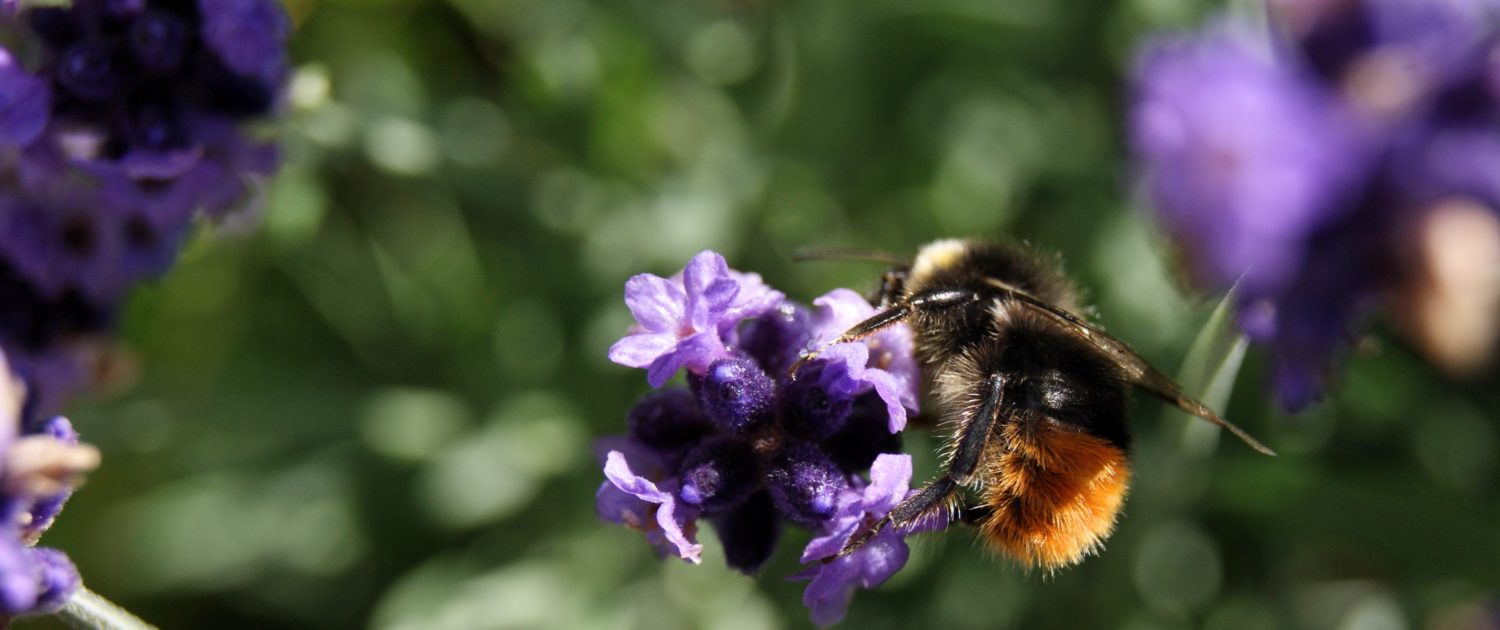Things to look out for in the garden in spring
Things to look out for in the garden in spring.
Spring is a wonderful time, as flowers start unfurling and hibernating animals start to wake up. And, this year more than others, it is important to concentrate on nature and the positives. Here are a few things you can look out for in your garden (or if you don’t have a garden, in a park or wood.)
Bees
It seems too early, but some types of bumblebees start to wake from hibernation in February. The first bumblebees to arise are usually the queen bees, so it is a chance to see some of the larger bees, before they settle into their hives.
Amphibians
Amphibians such as frogs, toads and newts start to emerge from their sleep in January (depending on type). So now there is a chance to see one in your garden especially if you have a pond. They go into a state of torpor under rocks, logs or at the bottom of a pond.
Flowers
Early spring flowers to keep an eye out for include snowdrops, crocus and daffodils. And leaves start to unfurl on bushes too. Later tulips and blossoms start to appear.
Hedgehogs
Hedgehogs are one of three mammals in the UK which truly hibernate (the other two are bats and dormice.) Hedgehogs tend to reappear in March to April, depending on the warmth of the spring. They tend to come out hungry and thirsty, so if you can leave out shallow dishes of food and water.
Snakes
The first snake I saw in the wild was two years ago, and spring is one of the best times to see them as then come out of their winter hidings cold and needing to warm up, so from the end of March, beginning of April you can find them sunbathing to warm up. But make sure you don’t let you or your pets get too close, dogs especially are known to have allergic reactions to their bites.
How to Help Animals Waking From Their Winter Sleep
Remember animals wake from hibernation hungry and thirsty, and a they can be tired and weak. So if you want to help them leave clean accessible water for them. Make sure it is shallow and think about adding pebbles to let insects like bees safely use them. You can also plant a range of flowers in your garden, which flower all year round, so there is nectar available. Think about hellebores, snowdrops and daffodils, not only for them to brighten up your garden at this time of yer, but also as food for creatures.
Leaving out seeds and fat and plant for creatures and birds needing a little extra help because of the cold, or because of their long sleep is also a good idea.

